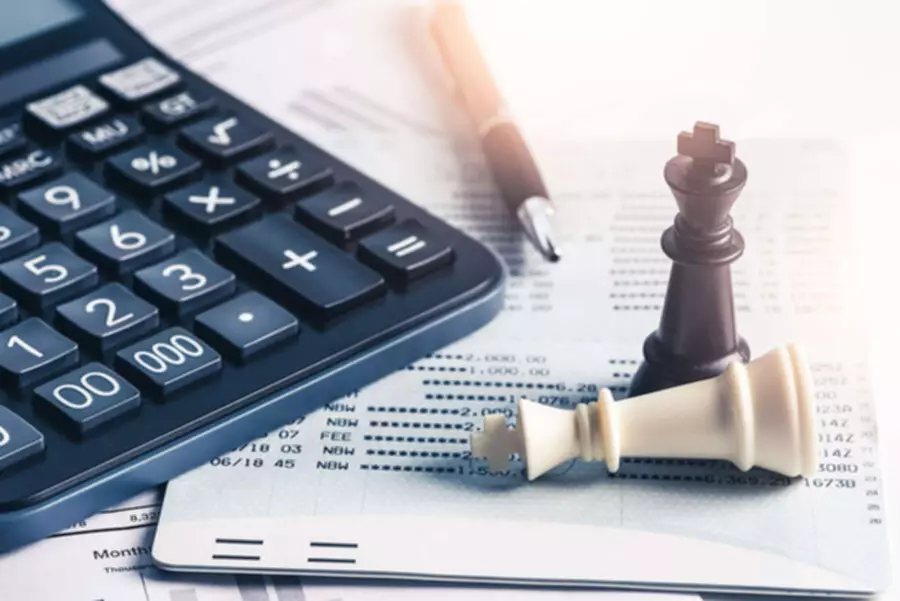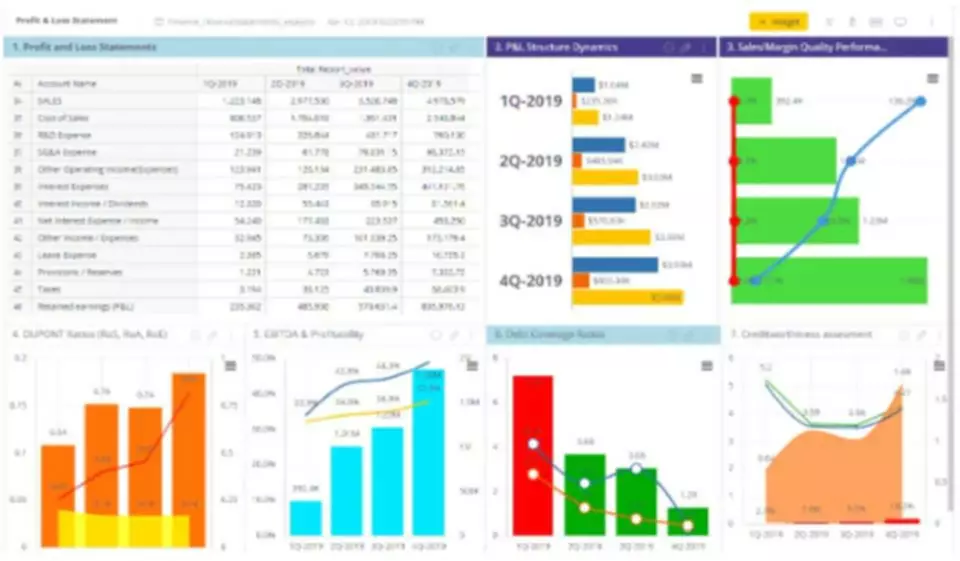Using Petty Cash for Your Small Business
Content

Businesses use petty cash funds to cover minor business expenses that are impractical to pay for by check. Your business will need to have a petty cash fund for these or similar small expenses, and you will need to have a process in place—petty cash management—to what is petty cash properly account for those purchases. Credit cards, debit cards, and online transactions all automatically register in a neat summary. This avoids the major pitfalls of petty cash funds and gives you more visibility over company spend.

However, keeping too much cash could result in unused funds sitting in an account. As stated earlier, the remaining petty cash balance should equal the difference between the starting petty cash amount and the disbursements made. If there’s an overage or shortage, try to find the source of the discrepancy — which could stem from any number or reasons, such as mathematical error or disbursing funds without a receipt. The petty cash fund is established as a pre-designated, fixed amount, which often ranges from $30 to $300, depending on the business. When this pre-designated amount runs low, the fund is replenished.
What is Petty Cash?
Whatever you decide, it’s important that only one person have access to the fund at any time, to avoid unaccounted for withdrawals and/or theft. Once you determine who will handle petty cash, you’re ready to cash a check and deposit the funds into the petty cash lockbox. You’ll also want to decide the replenishment point, which is where your expenses are recorded, and a new check is written to bring the petty cash total back to its original amount. For example, if your petty cash fund is $100, you may want to reimburse the fund when it drops below $15.
Add another layer of anti-fraud protection to your company spend by using virtual cards to pay for online purchases and tap-to-pay transactions. This also gives you more granular control over how money https://quickbooks-payroll.org/ is spent. Instead of having a general fund for small expenses, you can set limits for specific purchases. For example, you can create a category for client gifts and set the limit at $50 per month.
Don’t: continue replenishing your petty fund without evaluating spending
As this petty cash fund is established, the account titled “Petty Cash” is created; this is an asset on the balance sheet of many small businesses. In this case, the cash account, which includes checking accounts, is decreased, while the funds are moved to the petty cash account. One asset is increasing, while another asset is decreasing by the same account. Since the petty cash account is an imprest account, this balance will never change and will remain on the balance sheet at $75, unless management elects to change the petty cash balance.
- By establishing a petty cash fund, a department or unit which normally incurs a large volume of minor expenses may realize a significant reduction in administrative work.
- In this article, we’ll go over the purpose of having a petty cash fund, its uses, and potential alternatives.
- The framework puts a significant measure of liability on the individual or people who are answerable for dealing with specific petty cash management.
- We give you a realistic view on exactly where you’re at financially so when you retire you know how much money you’ll get each month.
- Cash transactions have been on the decline for decades and plummeted even more in recent years due to the pandemic.
- An imprest checking account requires the additional approvals of the USNH Controller and Vice Chancellor.
When petty cash is used for a business expense, the appropriate expense account, for example office supplies or employee reimbursement, should be expensed. Because cash is hard to keep track of, petty cash funds are liable to disappear.
How to Manage Petty Cash Funds
Documenting transactions is the way a business documents business expenses for tax purposes. By keeping track of all petty cash transactions – no matter how petty- you have records to back up deductions for those small business expenses. Keeping track of the bills and invoices related to petty cash payments can also be a cumbersome process. The volume of these records can be high and pose a challenge if the number of transactions is large. Maintaining the receipts in physical form is also difficult as these documents are subject to wear and tear. Put your petty cash policy in writing and offer some examples of appropriate expenses. For example, petty cash may be used to purchase additional postage, paper towels, coffee, or other basic office supplies.
